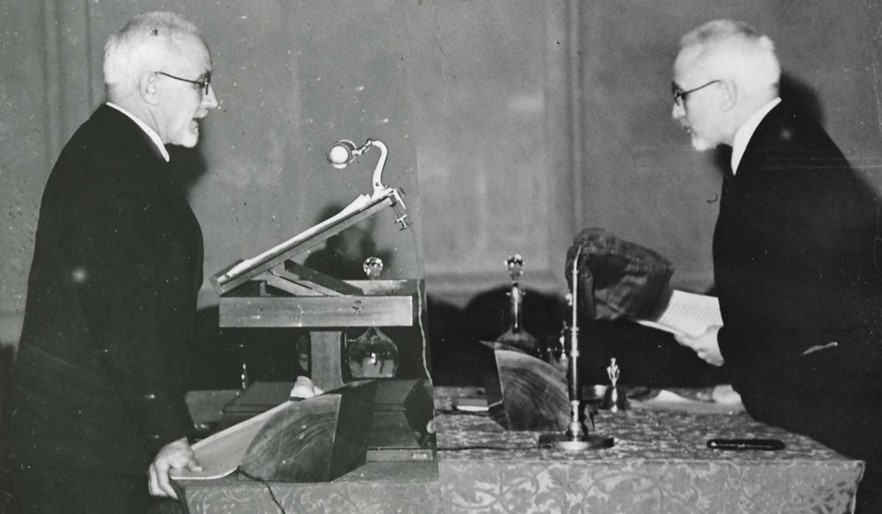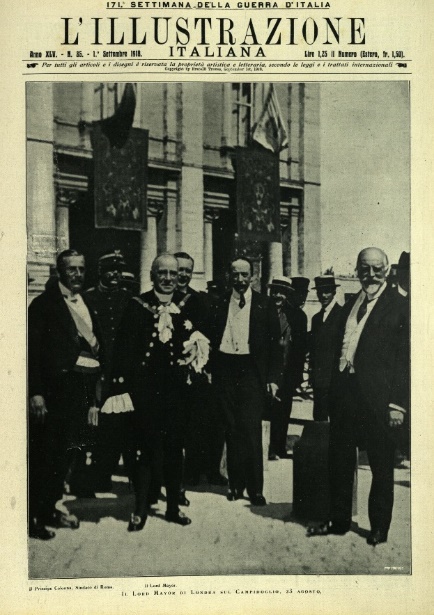
Abstract The article focuses on the new concept of ‘ambiente urbano’, as emerged at the turn of the last century in Venice. Painters, photographers, and writers contributed to the elaboration of this concept, partly reflected into the new term ‘Venezia minore’. Born out of the conflict initiated in 1885, due to urban modernization projects, these …

Abstract This paper focuses on reactions to the modernization and hygienist plans that transformed the city centre of Florence during the last quarter of the nineteenth century. Particular attention is paid to the Associazione di Difesa di Firenze Antica, founded in 1898 to counter the second phase of the risanamento (sanitary planning) of the historic …

Abstract This contribution focuses on what was an topical subject in Rome in the first half of the twentieth century: urban green areas and their relationship with monuments. Interest in this topic was probably inspired by the traditional approach popular in nineteenth-century England, one which several members of the Roman cultural elite who studied vegetation …

Abstract The engineer Gustavo Giovannoni made a decisive contribution to the development of a new professional figure: l’architetto integrale, best described as the all encompassing architect. Under this broad indicative title he envisioned a variety of operational skills that combine the roles of architect, urban planner, historian and restorer. In the context of these multifaceted interests, …

Abstract The building of Rome, the new capital of Italy from the 1870s onwards, brought to the foreground the European debate between transformation and conservation. The development of the modern city and its relationship with the ancient historic core marked the Italian cultural scene at the turn of 19th century. Respect for the historical environment …

Abstract In the context of early twentieth century Italy, Gustavo Giovannoni (1873– 1947) played a pivotal role. Father of artistic city building and urban conservation in Italy, founder of its first School of Architecture (in Rome in 1920) and of a holistic approach to architecture, conservation and planning through l’architetto integrale (see below), his work …

Publicly accessible recreational space created in a reconstructedmodernist architectural icon. Warsaw, Poland; (2019), for The Capital Conservator of Warsaw, in collab. with BBGK Architects Abstract A careful transfer of an important architectural icon into a new surrounding that reflects the original urban concept. The Pavilion was built in 1970 and became the most famous Warsaw …

A new urban neighborhood designed around spatially and economically diverse residential area and complementary workspaces and social services. Warsaw, Poland; (2018-2019); for the Department of Architecture and Spatial Planning of the Capital City of Warsaw, in collab. with BBGK Architects Abstract A new sustainable, equitable and replicable housing model was designed to offer a wide …

Beyond Housing: Transnational Programs and Speculative Developments (Montréal) Session Chairs: Sıla Karataş, École Polytechnique Fédérale de Lausanne (EPFL); and Konstantina Kalfa, Athens School of Fine Arts (ASFA) & National Technical University of Athens (NTUA) Call for Papers | SAH 2023 Montréal & Virtual Conference

Abstract This volume is a passionate scholarly inquiry focused on some of the most pressing issues confronting contemporary architectural practice, urbanism, and city-making. Presented in the form of conversations with leading architects, urbanists, and internationally renowned architectural historians and urban thinkers, this concise book reviews and critiques the legacy of Modernism and its impact on …










